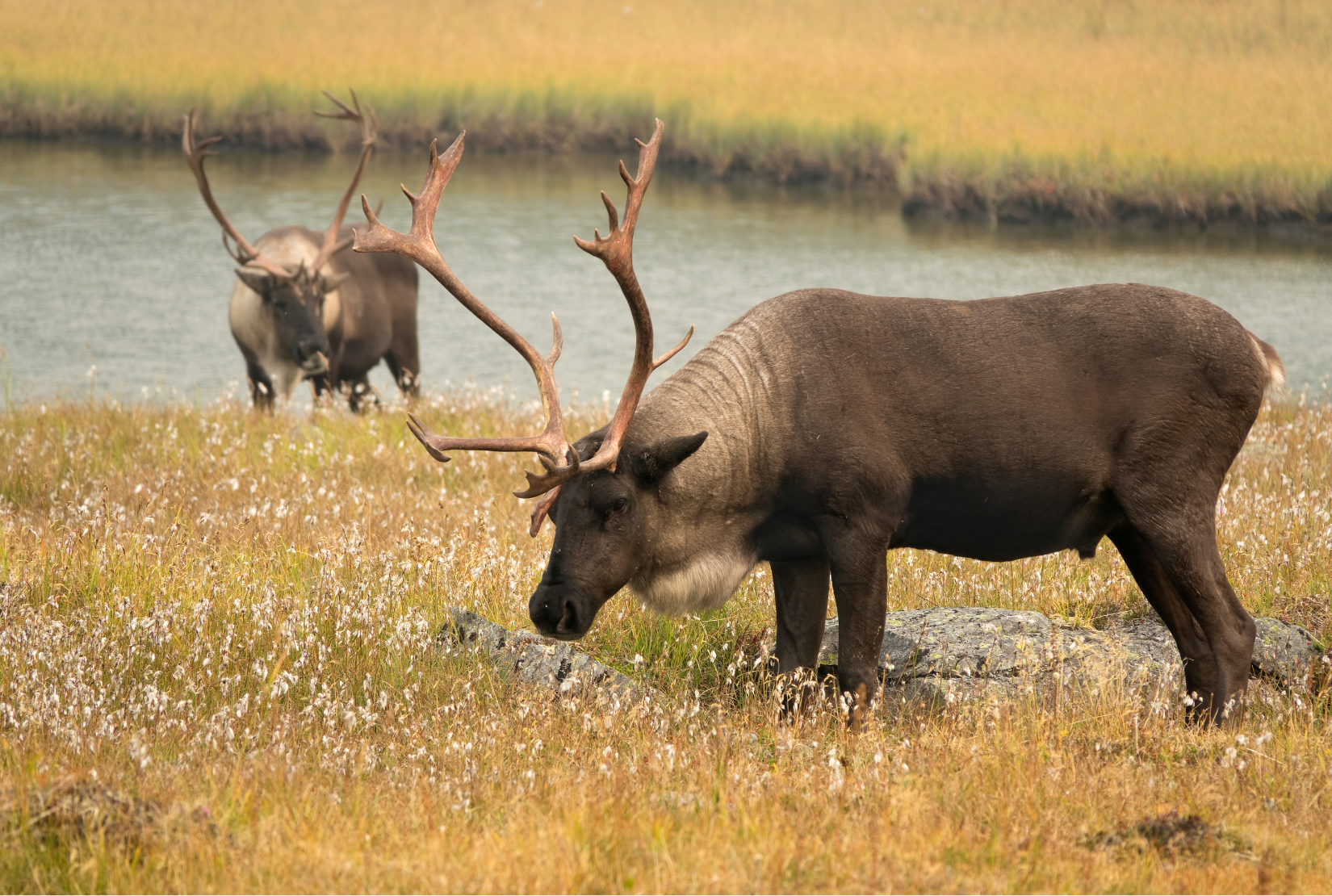The Climate Solutions Surrounding Us
Kat Graves
Climate Change Resilience Coordinator, Wildsight Invermere
If you’ve been following Wildsight’s work for any length of time, you probably already know how intimately it is bound up in the concept of place. Because we are fortunate enough to operate in one of North America’s most diverse, beautiful and wild regions — Canada’s Columbia and Southern Rocky Mountains — our advocacy is steeped in the place-based celebration and conservation of a profoundly unique and valuable nature. Not only is our region home to one of the densest populations of large animals on the continent, it also includes the RAMSAR-designated Columbia Wetlands which, at 180 kilometres long, are one of the longest intact wetlands in North America.
Perhaps unsurprisingly, then, our region has been rated by global scientists as providing one of the best opportunities on the planet for successfully addressing the impacts of climate change. This kind of place-based approach to tackling the behemoth crisis before us is what’s come to be referred to as a nature-based climate solution. As described by Nature Canada, nature-based climate solutions (NBCS), “defend and restore natural areas that are essential for the removal of greenhouse gasses, like carbon dioxide, from our environment — protecting us from climate change impacts and reversing wildlife decline.”
What’s more, according to a Nature United report, “natural climate solutions could reduce Canada’s greenhouse gasses by as much as 78 megatons per year…more than 10% of Canada’s total emissions.”

Many past and present Wildsight initiatives fall neatly into this emerging field of climate change adaptation and mitigation work. Take, for instance, the Invermere Branch’s Lake Enid Restoration — which sought to restore extensive damage caused by motorized use at a popular recreation area located in a riparian ecosystem — or Creston’s Green Mapping Project, designed to inform land-use planning processes so as to maximize the incredible biodiversity of that Valley. In other words, some of the most effective climate action can take the guise of stewardship efforts that are already underway, a hopeful reminder in trying times.
If you were in the mood for a good old fashioned debate, you could argue that NBCS are simply a reframing of existing work, or an exercise in semantics — and you wouldn’t necessarily be wrong. However, this contention would obfuscate how NBCS are a powerful lens through which to take a true and proper inventory of the world around us — as well as a reminder that accounting (politically, economically or otherwise) for the tremendous value stored up in places like the Columbia and Southern Rocky Mountains may yet prove to be the critical factor in determining whether or not we successfully respond to the challenges of an irrevocably changed climate.
What, for instance, is the value of the fleeting glance you catch of a mountain caribou while hiking in the backcountry? Can you put a figure on what the delicate unfurling of a wildflower is worth? Or, for those who are of a more pragmatic than sentimental persuasion, how can you adequately account for the life-giving potential of a natural feature like the Columbia headwaters, which serve as aquatic habitat for a multitude of species and which provide source water to the Arctic, Pacific and Hudson Bay watersheds? It strikes me that much of this may, in fact, be immeasurable — certainly, there is no market price that would be sufficient to the task of describing what we owe these ‘resources.’

That said, you could put policy in place that privileges the protection or restoration of a landscape, and its animal inhabitants, over and above resource extraction, tourism and recreation. You could reimagine land management as a profession to further human-wildlife coexistence, as opposed to continuously reasserting human dominion over nature. And you could institutionalize those practices that amplify the resilience of place to climate impacts. This, perhaps, would be a starting point for acknowledging the extent of our debt to nature — and for recognizing that nature is, in and of itself, a climate solution. How effective a solution it will prove is, for better or worse, largely a question of our commitment to action.
We are excited to announce that this fall, we’ll be hosting a series of three presentations on NBCS in collaboration with Nature Canada. These presentations will feature inspiring individuals and organizations who are exploring this terrain in the hopes of ensuring a climate resilient future for our region. Keep your eyes peeled on Wildsight.ca/Events, as well as our social media, for details on the first presentation in September.







